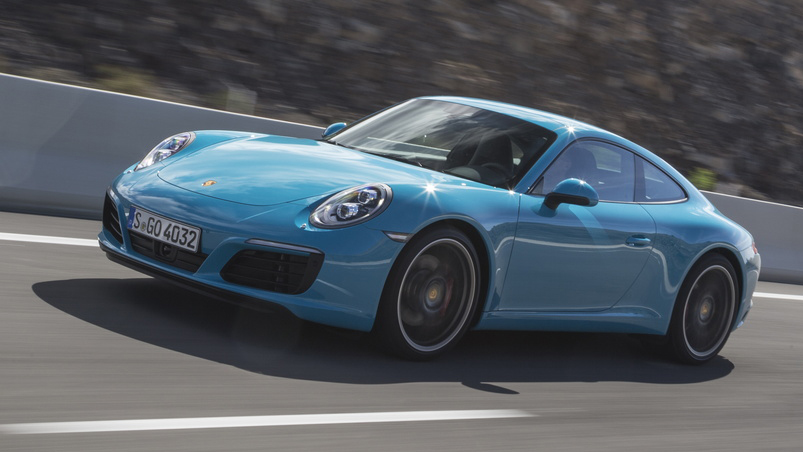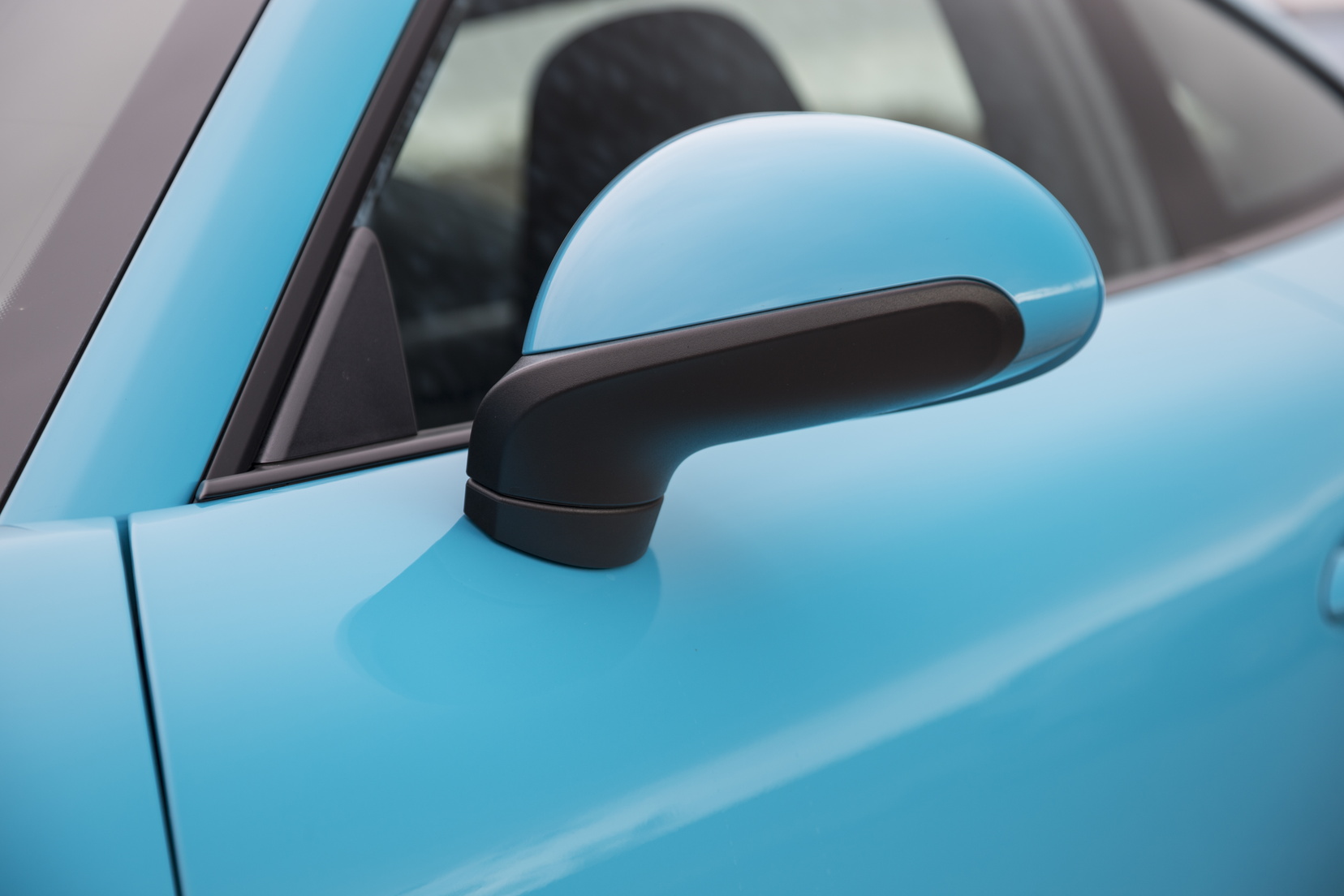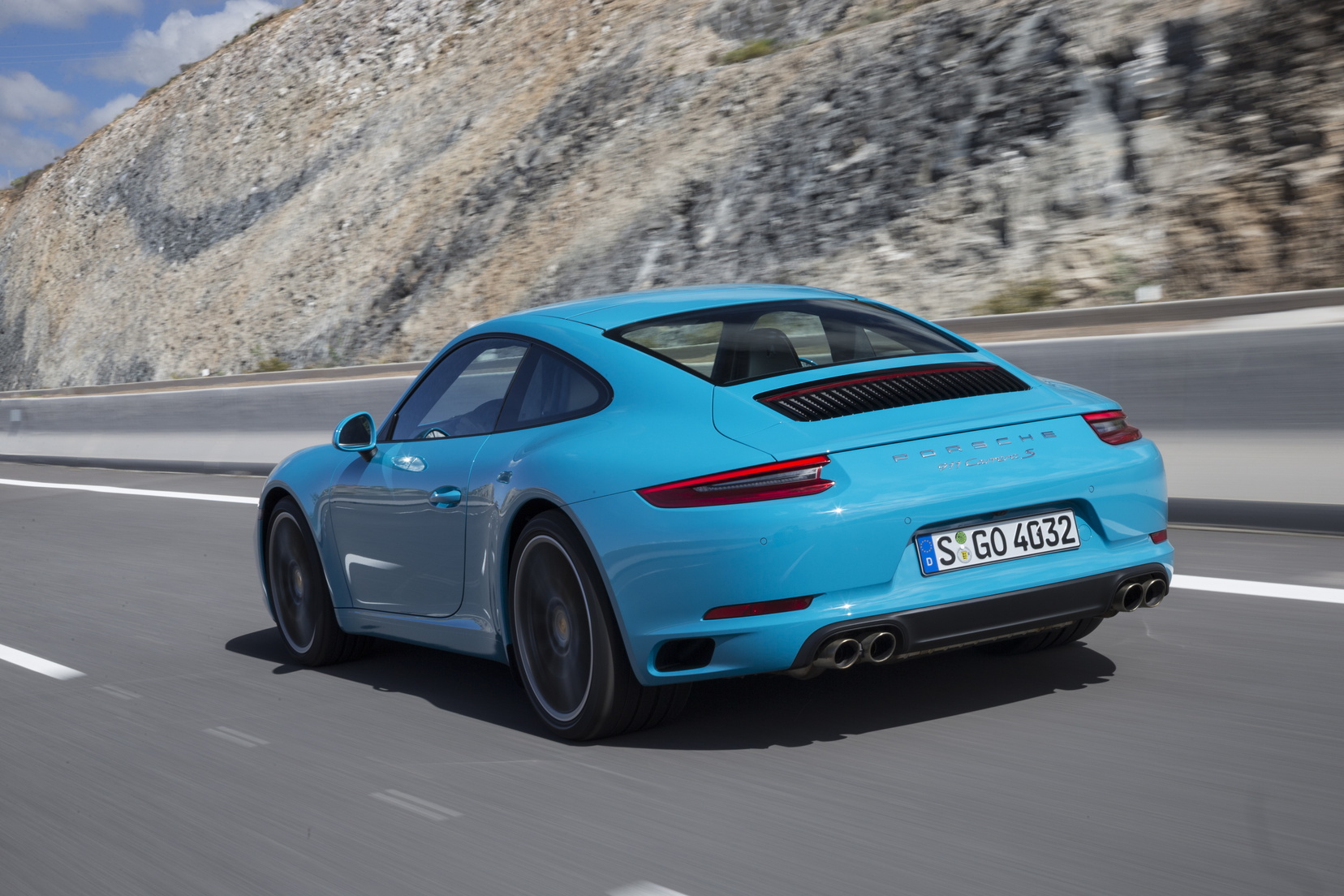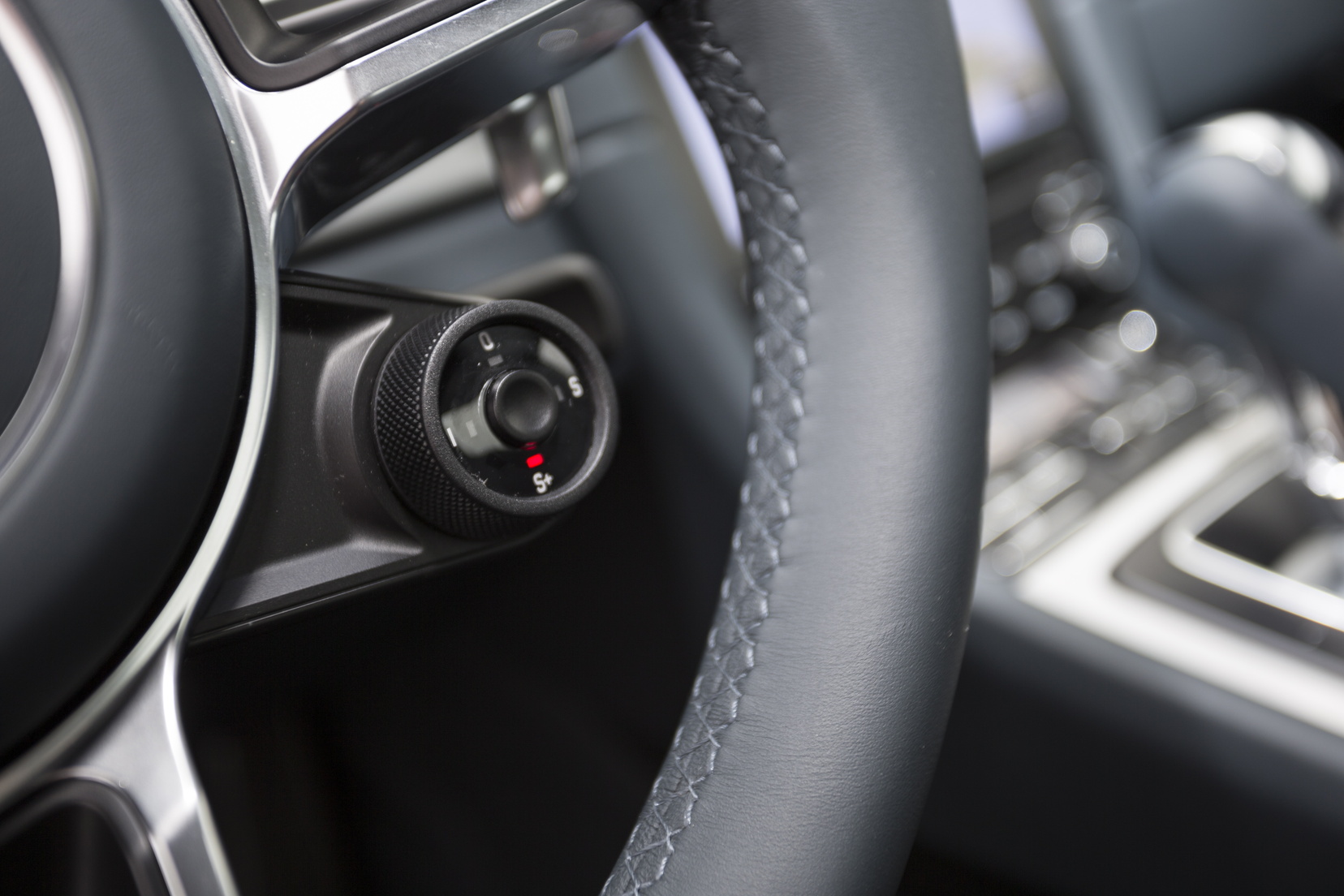
First drive: Porsche's new turbocharged 911 Carrera and Carrera S
Ah, the 911 turbo that's not a 911 Turbo…
You are now looking at an epochal moment in 911 history. As significant, maybe, as the day they went from air- to water-cooled. Because now the mainstream Porsche 911s, the Carrera and Carrera S, have twin turbochargers.
Meanwhile the big-T Turbo and Turbo S haven't been changed, though they'll get a pumped-up version of this new engine in due course. In fact the only unblown 911s now are the GT3 and GT3 RS.
What else did they do but strap a couple of blowers on?
That wasn't what they did. They built an all-new flat-six engine, unrelated to the old Carrera's and Carrera S's 3.4 and 3.8 units. The new cars are both pegged at 3.0 litres, their power and torque figures being differentiated by two specs for their turbines and exhaust systems.
Give me the full number run-down, please.
The Carrera now makes 370bhp, the Carrera S 420. For reference, both those numbers are +20bhp versus the old cars. Which means a scant five percent rise. You wouldn't normally feel this margin without a back-to-back drive.
There are also higher and wider torque curves now. The Carrera tops at 332lb ft and the S at 369. That's an extra 44lb ft for each engine – a 15-percent rise in the Carrera's case, 11 percent in the S.
Again, those increases per se wouldn't transform the cars, especially when you take into account the neutering effect of longer gear ratios to compensate for the lower red-line.
Top Gear
Newsletter
Thank you for subscribing to our newsletter. Look out for your regular round-up of news, reviews and offers in your inbox.
Get all the latest news, reviews and exclusives, direct to your inbox.
So why does Porsche claim it feels quicker?
Because thanks to the puffers, that maximum torque is developed at much lower engine revs – as low as 1700rpm. That's the easily-found shove you feel.
You can now drive these things like big-cube V8s, burbling along with the rev needle hovering around the 2. They're less fussy than before about what gear you're in, so they can dig themselves out of a slow corner more effortlessly.
And if you do chase the red-line, at 7500rpm, there is extra performance against the watch. The S PDK, shifting gears without a power interruption, can sling you to 62mph in under four seconds. It's a quick car.
And the non-S Carrera?
The slowest 911 is now the manual Carrera Cabrio, at 4.8sec to 62mph. The coupe is 4.6. No slug. It gives a pretty lively impression on the road too. You need a few more revs than in the S, but it's fun going to fetch them.
The red line is at 7500rpm, which is high for a turbo engine, if notably lower than the 8400 of the superseded car.
But what about the engine response? Laggy?
Lag is an insulting term for what's really just a quarter-second pause while the engine thinks about what you've asked for. But disappointingly that same pause is still there at upwards of 5000rpm.
It's never bad, but never entirely absent either, so you can't drive around the issue. If you've enjoyed the scintillating reactions of the old naturally aspirated 911s, this will inevitably disappoint you.
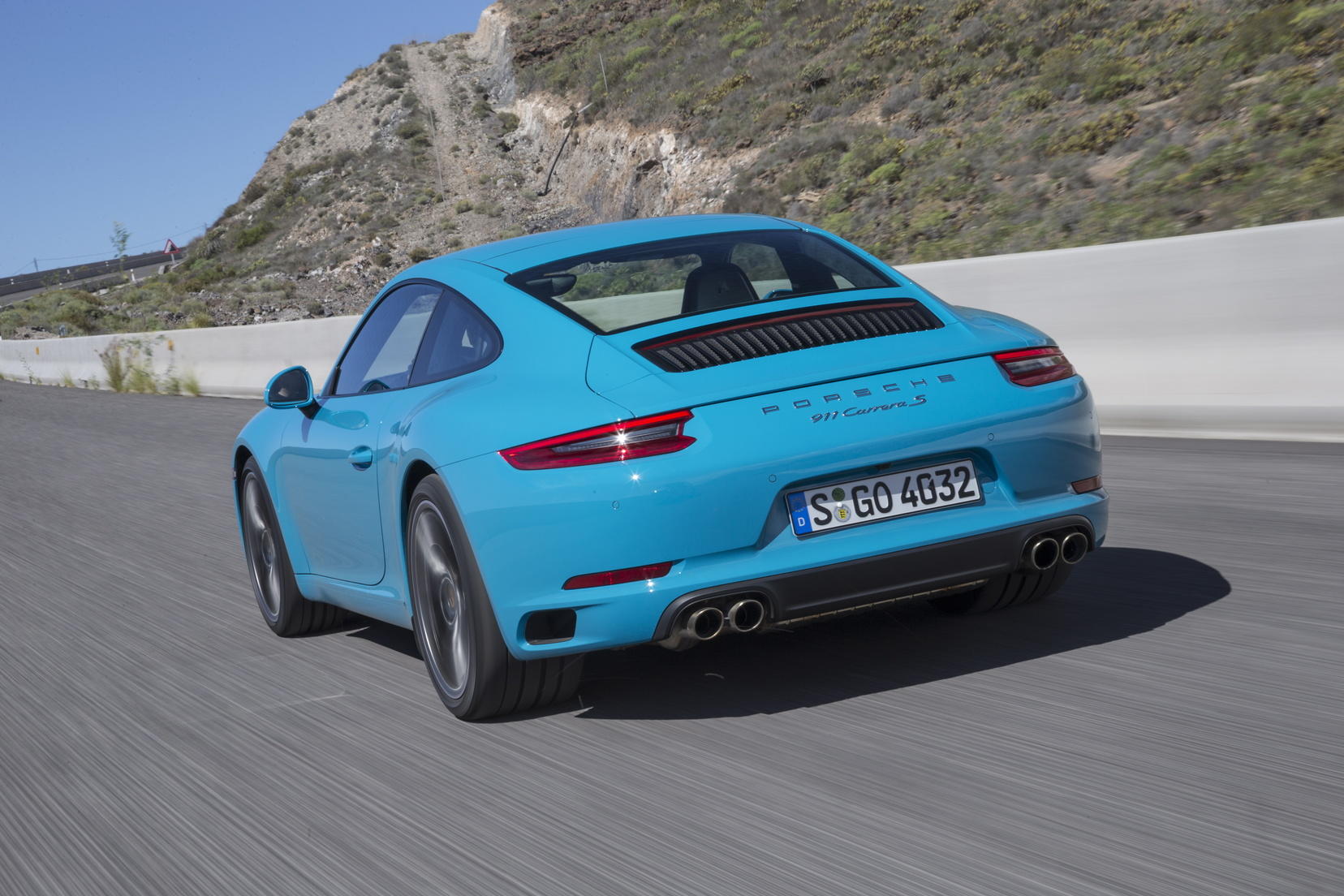
And the sound?
The basic 911 non-negotiables are present and correct: the flat-six beat that hollows out into a lupine howl with increasing revs and effort. But again, if you've been exposed to the old engine you'll be downcast.
Even with the sports exhaust, the new turbo six is strangely subdued, and lacking in the variety of timbres and sharper edges that once gave the 911 such an involving sonic character.
There's more going on outside the car. Wind down the windows, drive briskly past a cliff face and you'll hear the echoes of hissing turbos when you jab the throttle and some amusing exhaust pops as you lift.
So you're not too taken with these new engines?
Well, the newfound torque has its uses. But an old Carrera S hardly lacked mid-range poke. The price of the new torque is a significant sacrifice in the sharpness of response, and the high-rev tingle and the epic soundscape that always made 911 engines so special.
And it still suffers that typical Porsche bugbear of ridiculously long intermediate gears.
So why did they go to all the trouble of the new engines?
It's the economy, stupid. In the official tests, they're amazingly frugal on fuel. The Carrera PDK clocks in at 38.2mpg, versus 34.5 before. That corresponds to a CO2 drop to 169g/km.
The S PDK – a 191mph, 3.9sec car – registers 174g/km. This is terrific tax news for company car drivers. But real-world, the gains might be less. On an interesting hilly section, I got 12.5mpg.
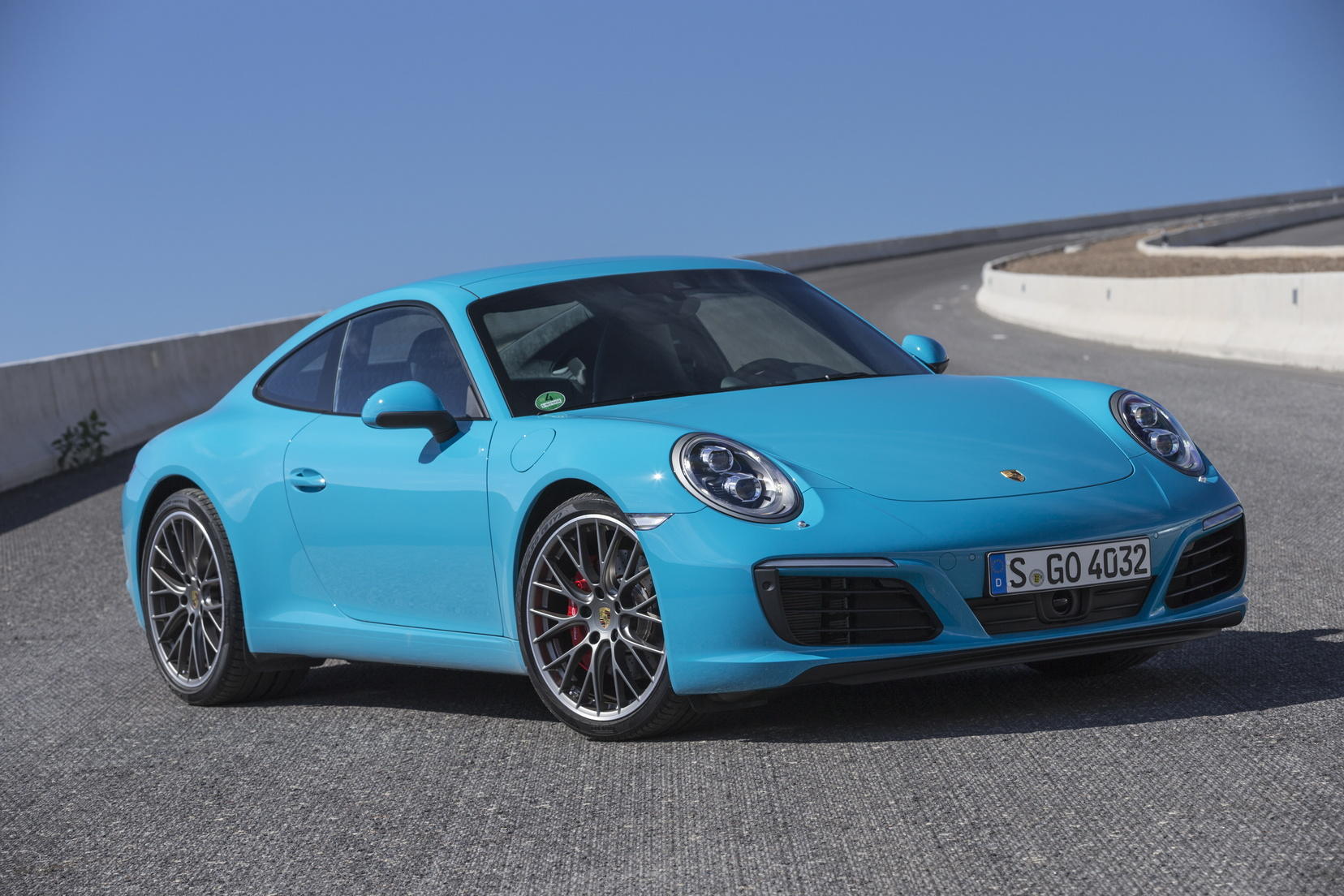
Any other changes for the new generation?
The chassis has been re-worked to compensate for the weight change. The new engine is actually a little heavier than the old, because of the turbos and intercoolers, so weight bias is more rearward, and they needed to widen the rear tyres one size.
Dampers have been tuned too, and are adaptive as standard on all models. One effect of the new tune is to reduce pitching oscillations.
You can also now have four-wheel-steering, as per the Turbo and GT3. This reduces the turning circle, which is handy. It sharpens the steering in tight bends, which is exhilarating. On big-speed corners and lane changes, it stabilises the car, which is reassuring. That's a £1530 option on the £85,857 Carrera S.
All in, a wonderful chassis is now even better, talking to you more clearly and reacting more faithfully.
There's also a new and standard satnav and connectivity system, with fine graphics and a gesture touchscreen. Unfortunately the one on our test car was convinced we were going east when we were going west.
At the end of the drive it said I was 20 miles out to sea. I stopped, got out and my feet were still dry.
Is there a facelift to go with the alterations?
The rear of the 911 has to breathe much more air now, to feed the intercoolers. These draw cold air from the base of that black grille beneath the rear window, which is why the grille now has vertical blades instead of horizontal.
Having passed across the intercoolers, that warmed air now vents through holes clearly visible low down at the back corners of the car. So it's easy to spot the new-generation car from behind.
From the front, you've got headlights with complicated running lamps: an outer ring enclosing four LED pinpoints. The lower intakes are re-profiled too.
Got it. So now I can spot it, I can avoid it and go for the old one.
A firm but fair judgment, sadly. Sometimes change isn't progress.
Featured

Trending this week
- Car Review
BMW 1 Series
- Top Gear's Top 9
Nine dreadful bits of 'homeware' made by carmakers




